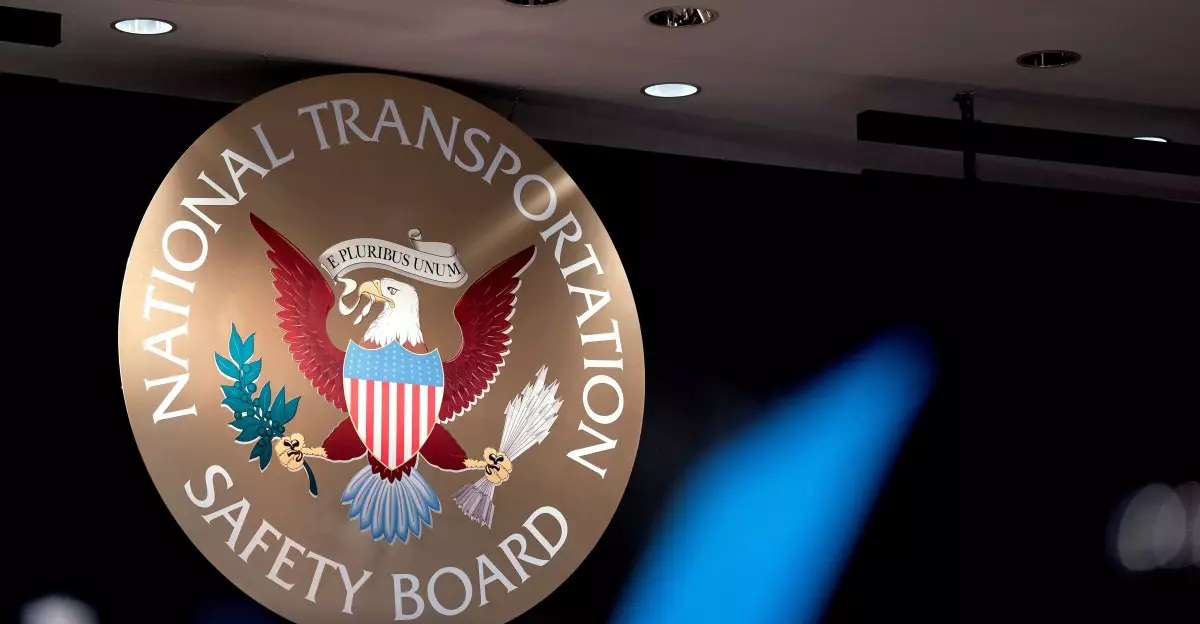In a noteworthy shift regarding the National Transportation Safety Board’s (NTSB) communication strategy, the agency has announced that it will primarily utilize X (formerly Twitter) to disseminate updates about significant aviation incidents. This decision aligns with a broader trend of public agencies reassessing their communication methods in light of evolving media landscapes. By channeling all information regarding plane crashes in Washington, D.C., and Philadelphia through its dedicated @NTSB_Newsroom account, the NTSB aims to streamline its interactions and cope with the growing volume of inquiries.
The decision to restrict updates to social media—particularly to the exclusion of email communication for such incidents—has stirred some debate. The NTSB has clarified that reporters should continue to use the email account mediarelations@ntsb.gov for other inquiries, underlining their intent to manage email correspondence effectively. However, the rationale behind sidelining email for vital incident updates raises concerns about transparency and accessibility. Social media platforms, while immediate, can be unpredictable, with changes to algorithms potentially impacting the visibility of critical information. The nature of Twitter/X as a proprietary platform limits the accessibility of information in contrast to email, which has been a more traditional, universally accessible means of communication.
Context of Broader Media Relations Changes
This shift takes place alongside the U.S. Department of Defense’s recent adjustments to its media relations protocols, which reportedly involve phasing out traditional media outlets such as NBC and The New York Times in favor of more conservative-leaning sources. This raises questions about bias and access in government communications. The structural changes at both the NTSB and the DoD reflect a growing trend that prioritizes specific communication channels over broad inclusivity, potentially alienating segments of the media and undermining the principle of a free press.
From a public relations perspective, the NTSB’s move could have mixed implications. On one hand, utilizing social media can provide real-time updates to a wider audience. On the other, it risks alienating traditional journalists who rely on email for clear and direct communication with agencies. This transition also places the agency’s reputation in a delicate position; the reliance solely on a social media platform for crucial information may not resonate well with segments of the population that question the reliability and intentions of private corporations controlling public discourse landscapes.
As public agencies like the NTSB navigate the complexities of modern media landscapes, they must strike a balance between efficiency and accessibility. While technological advancements provide new avenues for communication, it remains crucial that agencies do not forsake traditional methods of reaching out to the press and the public. Ultimately, the consolidation of communication platforms could lead to significant repercussions, including potential confusion and distrust surrounding vital information dissemination. Going forward, a more nuanced approach may be required—one that embraces both new technologies while honoring the principle of comprehensive communication with the communities they serve.

